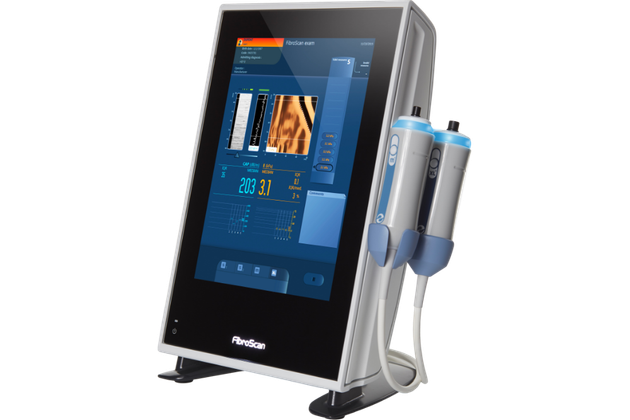Fibroscan Method Instead of Liver Biopsy
The gold standard in the evaluation of liver diseases is liver biopsy. However, thanks to the developed Fibroscan technology, many liver diseases are now measured with ultrasound waves instead of biopsy, and a much larger area of the liver can be evaluated. Gastroenterology Specialist Prof. Dr. Melih Özel answered the questions about Fibroscan, which is not an invasive method…

What is Fibroscan?
Avoided endpoints of chronic liver diseases are liver cirrhosis. Liver cirrhosis occurs as a result of a process called “fibrosis” that continues in stages. Accurate determination of this stage is of great importance in making treatment decisions in chronic liver diseases and subsequently in monitoring the treatment.
The gold standard in evaluating fibrosis is liver biopsy. However, since the method is invasive and its reproducibility has difficulties, a reliable, reproducible and non-invasive method was needed in the evaluation of liver fibrosis. Today, the best method to meet this need is a method called “transient elastography” performed with a Fibroscan device.
What are the features of the Fibroscan device?
Fibroscan is a device that numerically measures the elasticity of soft tissues using the transient elastography method. Fibroscan sends low frequency and amplitude ultrasonic vibrations to the liver tissue, and the resulting elastic wave multiplies and spreads within the tissue. The transmission speed of the wave is related to the elasticity of the tissue it passes through. As the hardness of the tissue increases, the propagation speed of the wave also increases.
The device detects this speed, creates a numerical result and objectively reveals the amount of fibrosis in the liver.
What are the advantages of the Fibroscan method?
The most important advantage of the procedure, apart from the fact that it is not necessary to take a piece of the liver compared to a liver biopsy, is that it allows the liver to be evaluated as a whole and in a much more comprehensive manner.
The procedure is carried out within minutes. There is no need for any preparation for the procedure other than fasting. The patient does not feel any pain during the procedure, which is completed within minutes.
With this method, the level of damage can be determined by measuring the level of fatty liver and the elasticity and hardness of the liver. An important advantage is that it is easily applicable and repeatable. Since it is not an invasive procedure, it does not cause any side effects or discomfort.
In which diseases is Fibroscan used?
Fibroscan can be used in all liver diseases that cause chronic damage to the liver. We can list these diseases as follows:
- Liver enzyme elevations
- Viral hepatitis carrier
- Chronic hepatitis B
- Chronic hepatitis C
- Chronic hepatitis D (delta hepatitis)
- autoimmune hepatitis
- Drug-induced chronic liver damage
- Primary biliary cholangitis
- Risk assessment for the liver before surgery
- Noncirrhotic portal hypertension
- Wilson’s disease
- Regardless of the cause, fatty liver damage and hepatitis due to steatosis (hepatosteatosis and steatohepatitis)



